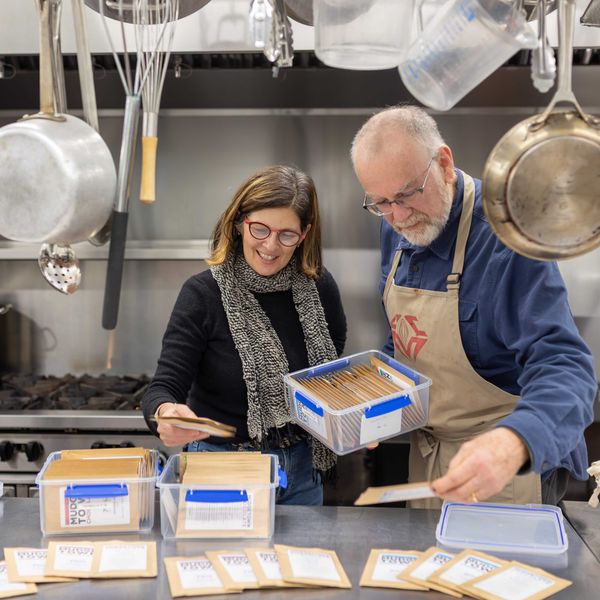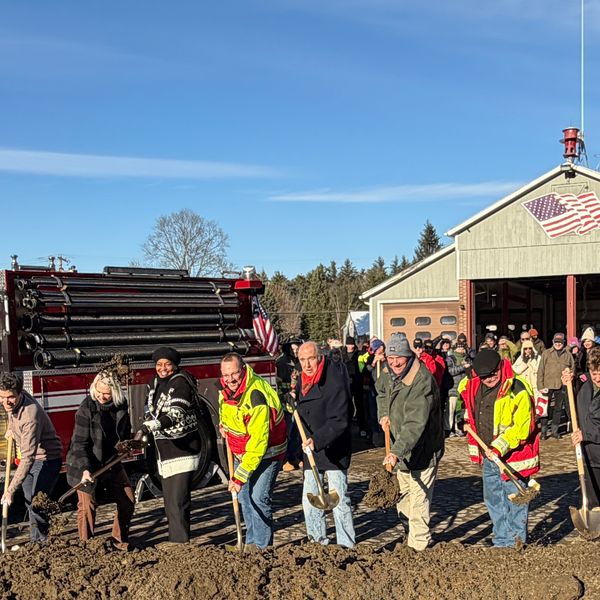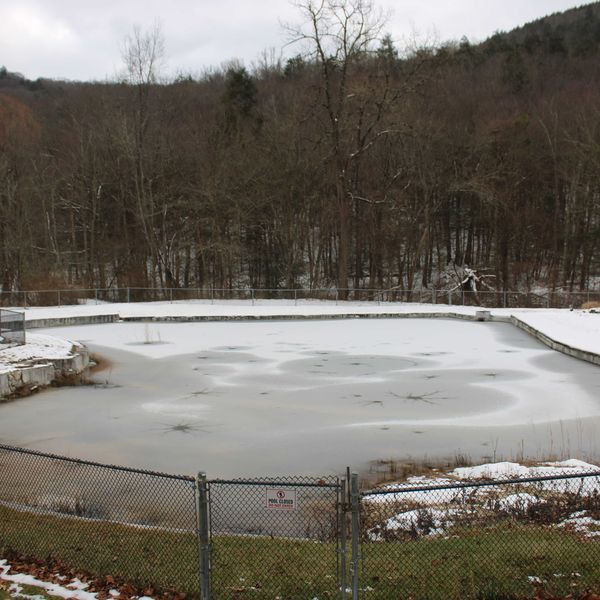Preparations gear up for travel club fundraiser

Anna Gillette, an HVRHS student and member of the school’s travel club, accepted a sponsorship for the club’s annual Wine Dinner and Auction fundraiser from Rob Cooper, owner of Associated Lightning Rod Company in Millerton.
Christopher Gillette
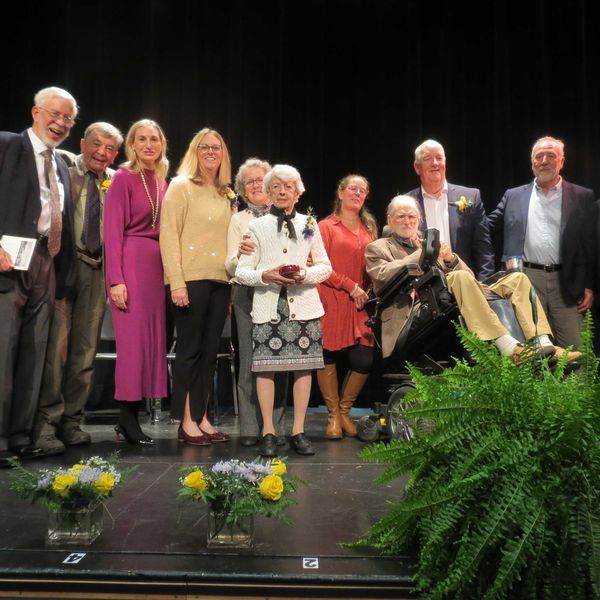

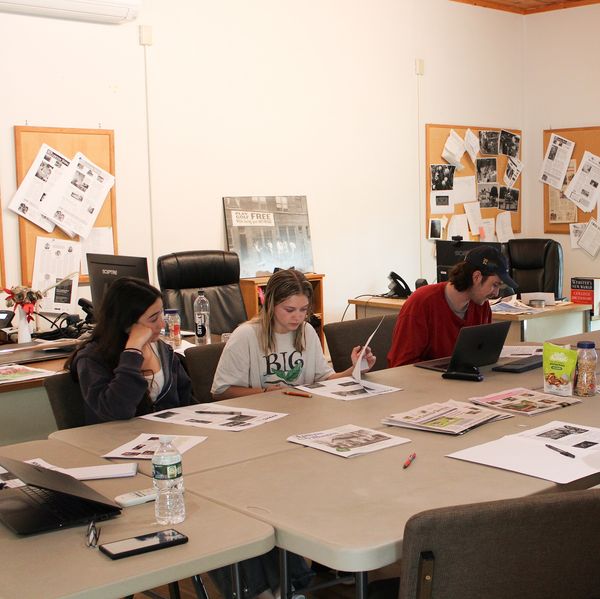




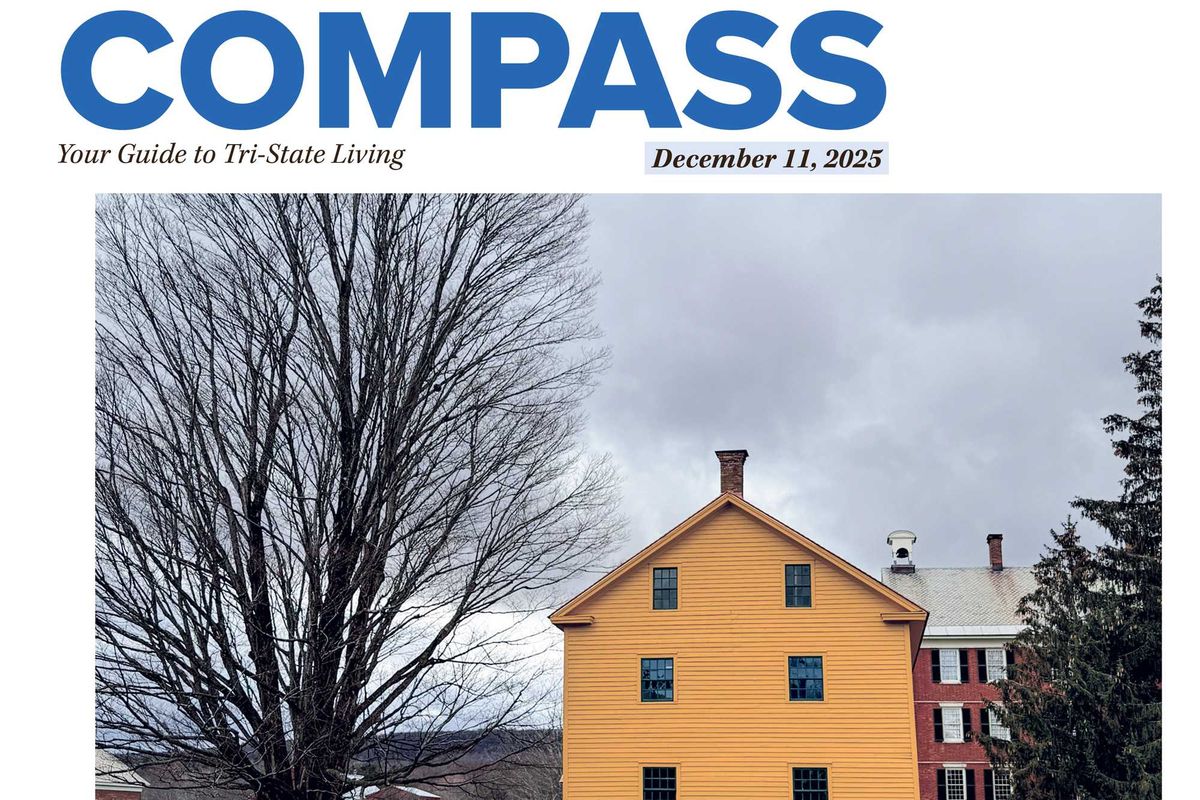
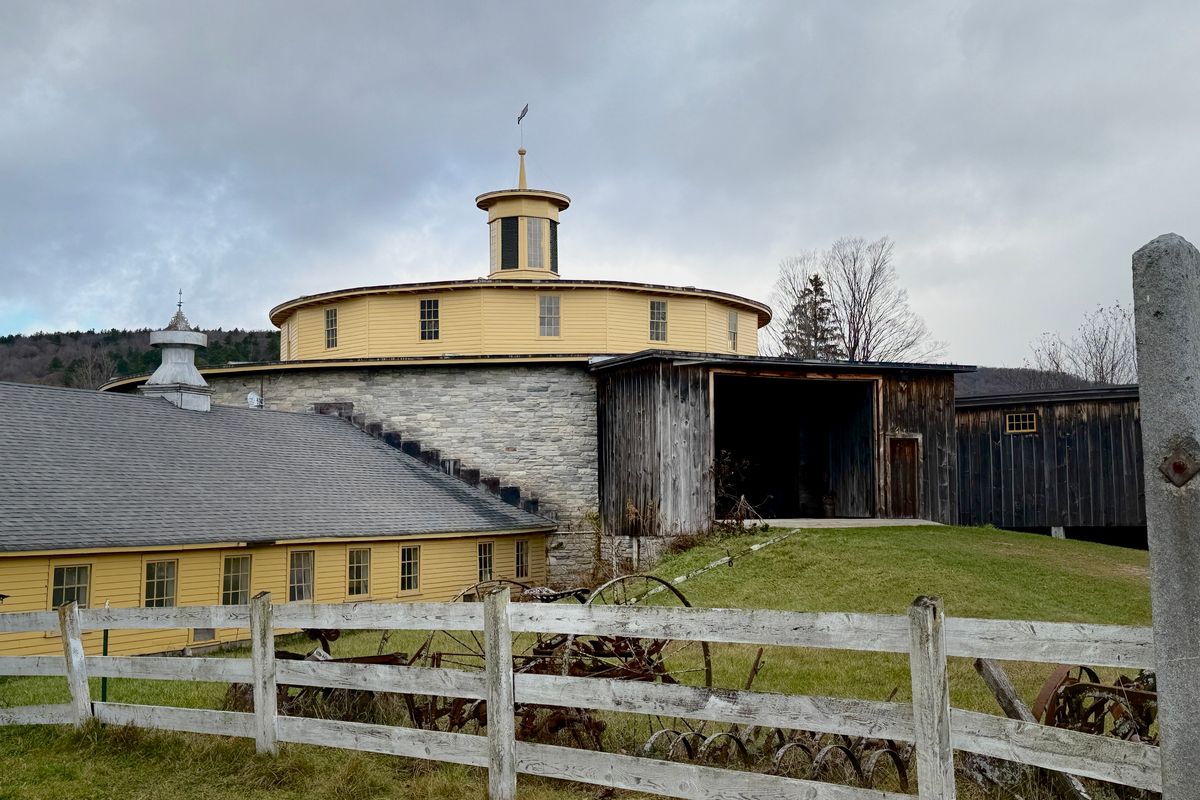
 Shakers referred to their farm as the City of Peace.Jennifer Almquist
Shakers referred to their farm as the City of Peace.Jennifer Almquist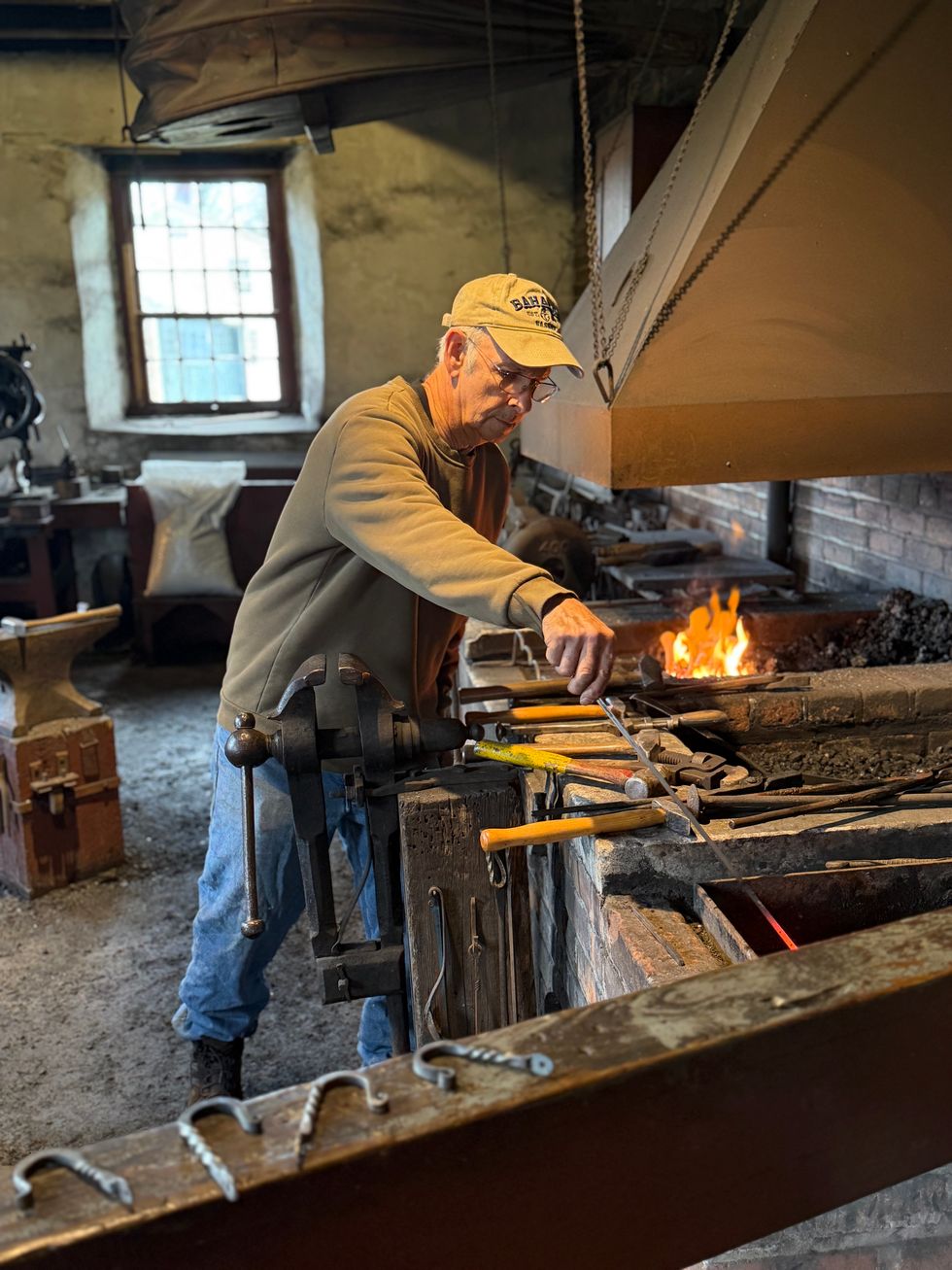

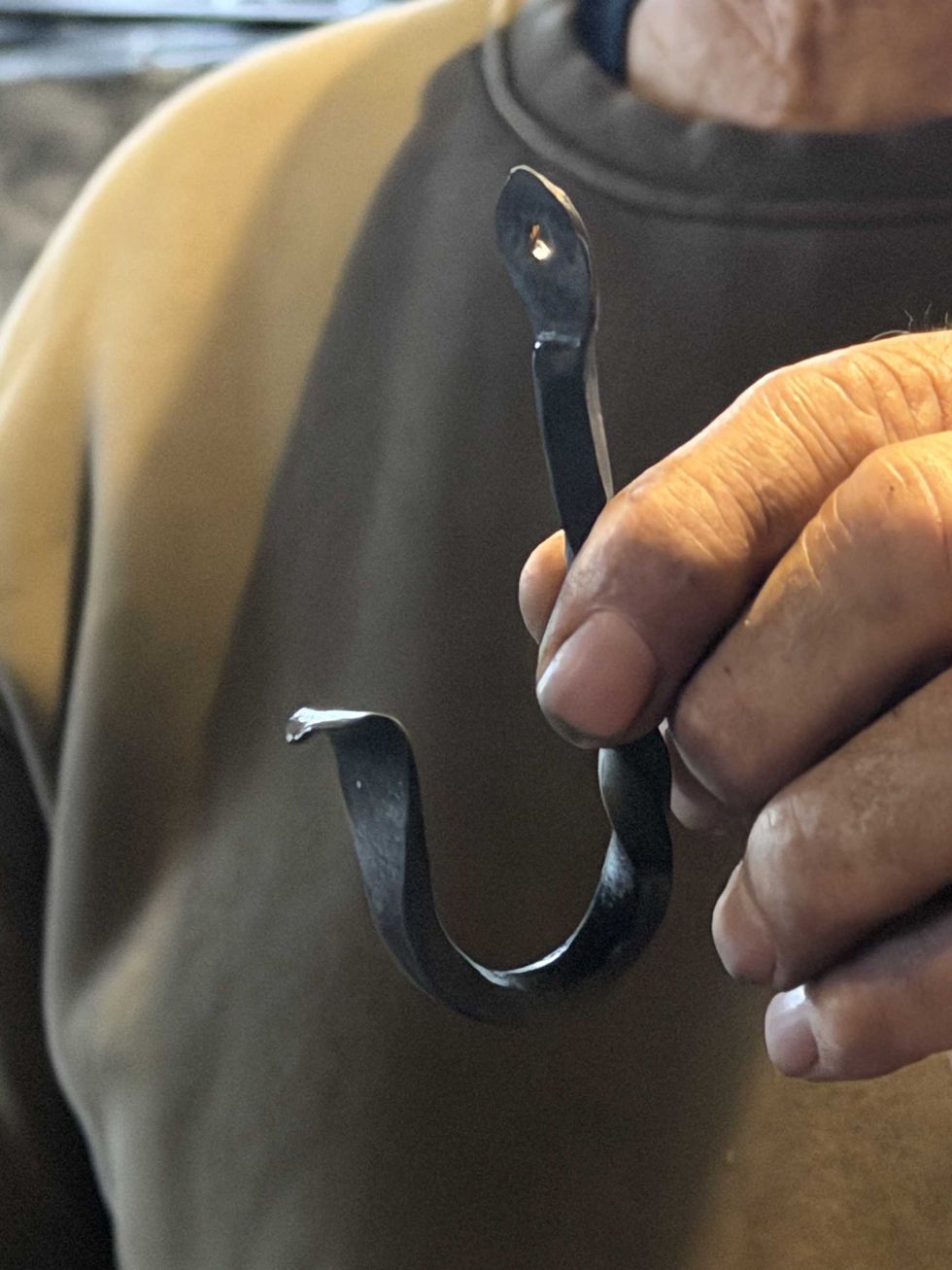
 A Shaker chair.Jennifer Almquist
A Shaker chair.Jennifer Almquist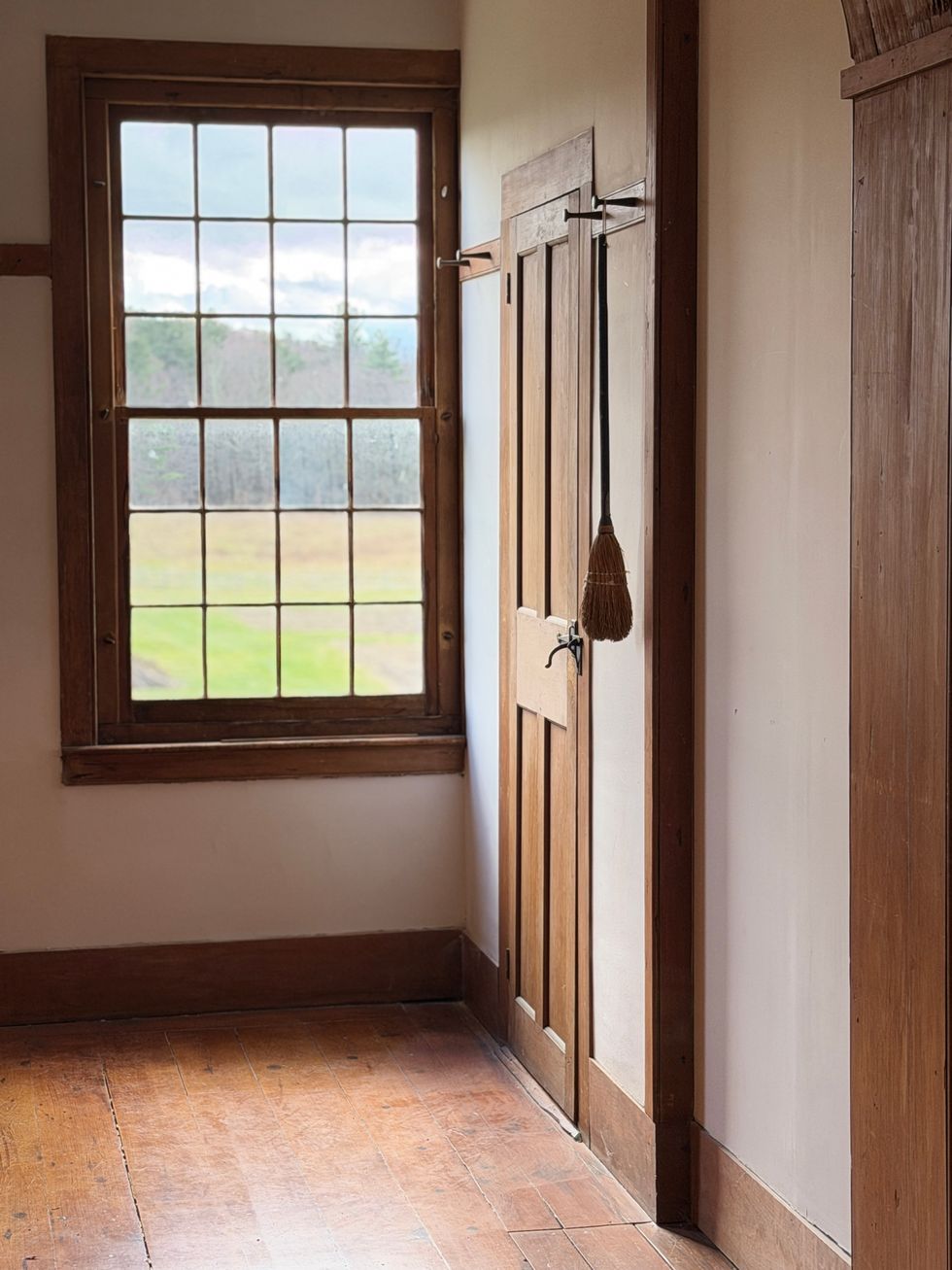 The Shakers embraced practical designs of great utility and beauty.Jennifer Almquist
The Shakers embraced practical designs of great utility and beauty.Jennifer Almquist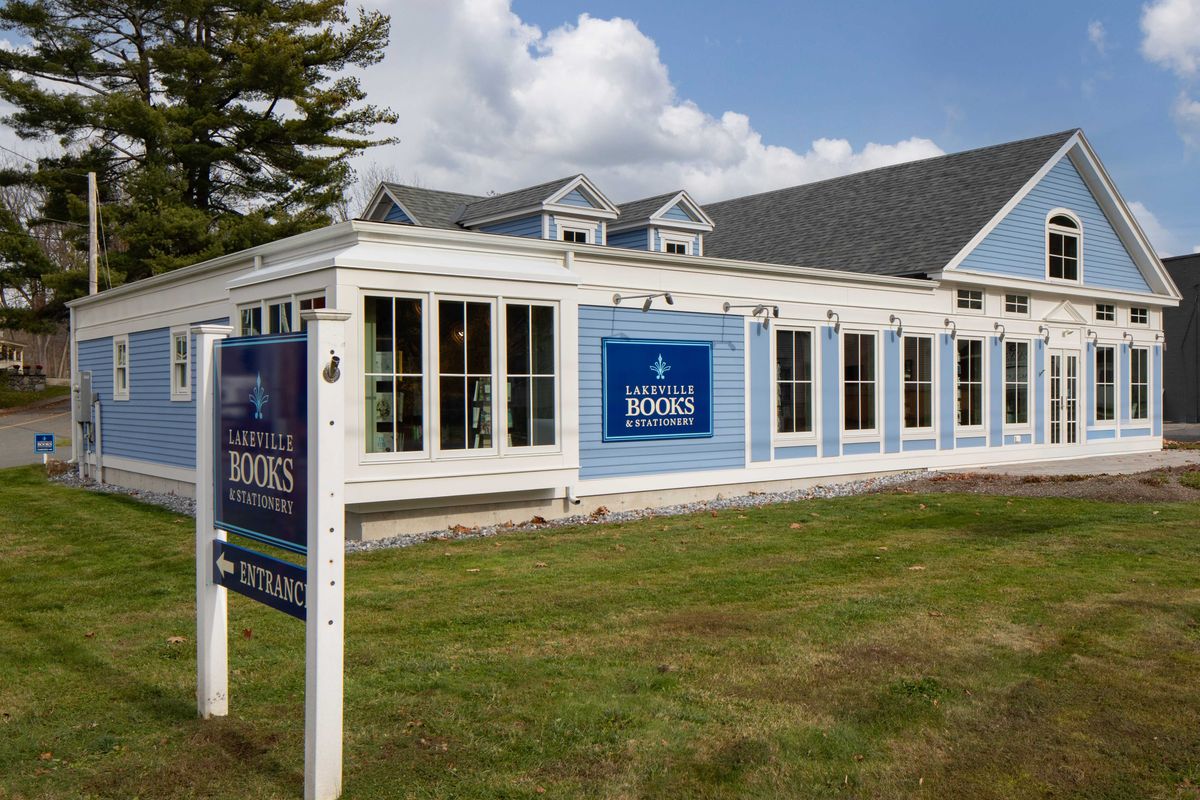
 Interior of Lakeville Books & Stationery.Provided
Interior of Lakeville Books & Stationery.Provided